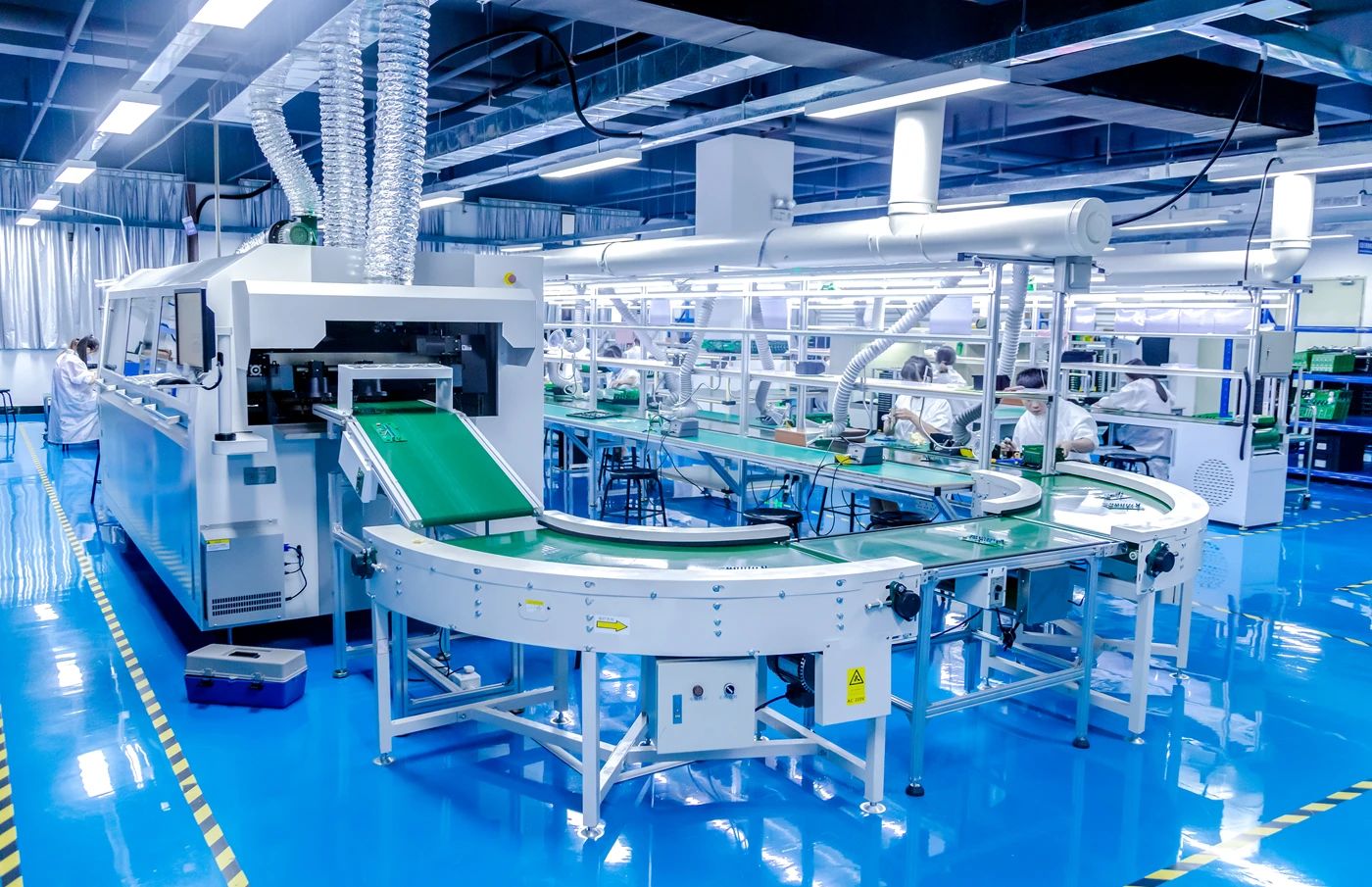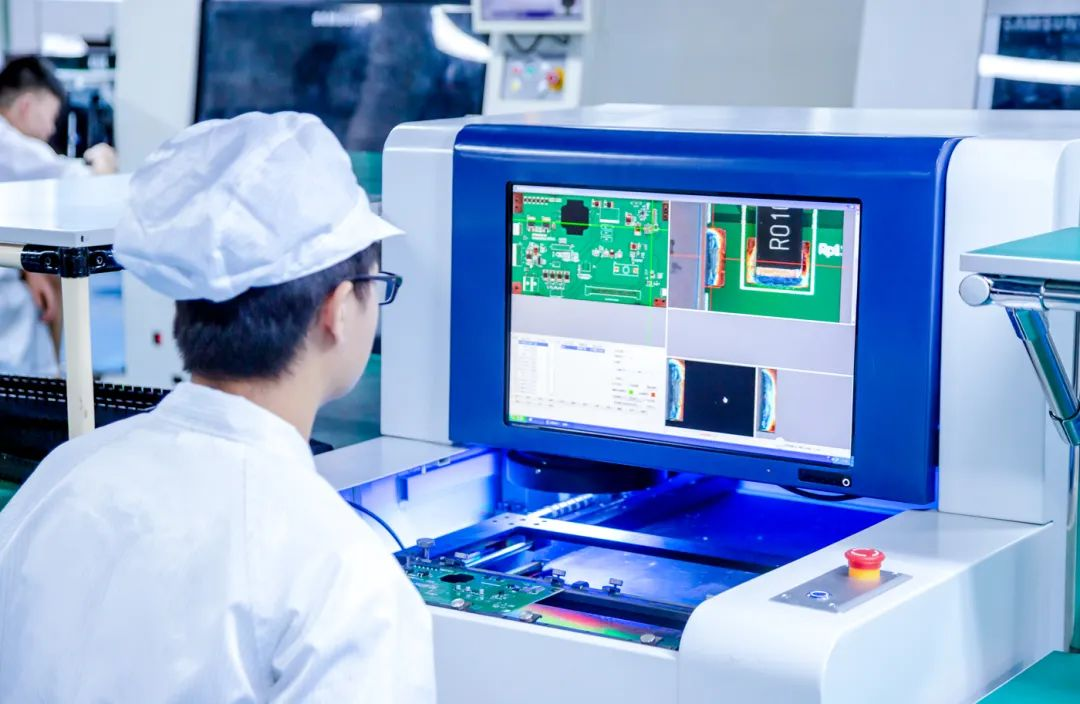How to Control Material Loss in SMT Assembly?
Controlling material loss in Surface-Mount Technology (SMT) assembly is crucial for maintaining efficiency and cost-effectiveness. Here are several strategies to manage material loss in SMT processing:
1. Accurate Material Handling and Storage
- Proper Storage Conditions:Store components in humidity-controlled environments to prevent moisture-related issues.
- First-In-First-Out (FIFO):Use FIFO inventory management to ensure older components are used first, reducing the risk of expired or obsolete components.
2. Precision in Placement and Handling
- Automated Handling:Use automated systems for component handling to reduce manual errors and mishandling.
- Calibration of Equipment:Regularly calibrate placement machines to ensure accurate and precise component placement.
3. Optimization of Production Processes
- Process Monitoring:Implement real-time monitoring systems to track the production process and identify areas of material wastage.
- Defect Analysis:Analyze defects to identify common causes of material loss and implement corrective actions.

SMT production line designed to reduce material loss and enhance efficiency
4. Training and Skill Development
- Operator Training:Provide comprehensive training for operators on the correct handling and placement techniques.
- Continuous Improvement:Encourage a culture of continuous improvement where operators are trained to identify and suggest process improvements.
5. Implementation of Quality Control Measures
- In-line Inspection:Use in-line inspection systems like Automated Optical Inspection (AOI) to detect and correct defects early in the process.
- Quality Checks:Conduct regular quality checks and audits to ensure compliance with quality standards.
6. Efficient Use of Materials
- Component Packaging:Use packaging that minimizes the risk of damage during transit and storage.
- Solder Paste Management:Optimize the use of solder paste by controlling the printing process and reducing the amount of paste used per board.
7. Data Analysis and Feedback
- Data Collection:Collect data on material usage, wastage, and defects to analyze trends and identify areas for improvement.
- Feedback Loop:Establish a feedback loop where data is used to continuously refine and improve the manufacturing process.

Operator inspecting PCB in SMT assembly to control material loss
8. Preventive Maintenance
- Regular Maintenance:Schedule regular maintenance for all equipment to prevent breakdowns and ensure consistent performance.
- Spare Parts Management:Keep an inventory of critical spare parts to reduce downtime during repairs.
By implementing these strategies, SMT assembly lines can significantly reduce material loss, improve efficiency, and lower production costs.
In summary, the negative impact of material loss is significant, requiring PCB manufacturing plants to maintain close communication among various departments in their daily operations. This involves being meticulous, patient, and prompt in identifying and resolving issues. The simplicity of operating ETON equipment further reduces losses, thereby effectively lowering production costs and improving product quality

Leave A Comment
You must be logged in to post a comment.